|
We wake to a gray downpour, but as our bus nears Germany and the Rhine Valley, the moisture turns to mist. It’s the last day of the World War 2 Memorial Tour. David and I were previously in this area on a German River Cruise, and we are glad to revisit some of our favorite places. Following the Rhine River Driving through the Rhine River Valley we stop often for views. Wide expanses of river are bordered by green hillsides, vineyards, and castle ruins. Last year we traveled this part of the river at night, so seeing the ruins so well is a treat. We see more of these on a leisurely afternoon river cruise, a perfect ending for our trip. Remagen Bridge David’s father often mentioned Remagen Bridge. Visiting it on shore is interesting. The bridge is gone, but the black structure, looking like an old castle, stands—a reminder of what our troops saw. Cargo ships pass by. The surprise capture of a bridge across the Rhine on March 7, 1945 was front-page news in American newspapers. The battle for control of the Ludendorff Bridge at Remagen caused both sides to employ new weapons and tactics. The Germans used virtually every weapon at their disposal to try to destroy the bridge, including infantry and armor, howitzers, mortars, floating mines, mined boats, a railroad gun, and giant super-heavy mortars. To protect the bridge against aircraft, the Americans positioned the largest concentration of anti-aircraft weapons during World War II, leading to "the greatest antiaircraft artillery battles in American history." The German offensive failed. 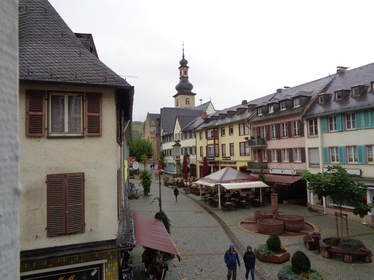 Rüdesheim Our last night is in Rudesheim, a favorite stop our previous trip. This time, instead of a short afternoon visit off the boat, we have an entire afternoon and evening at our hotel in the center of the village. The many side alleys lead to restaurants, cafes, and a variety of shopping. We find excellent German products, and buy unique beer steins and a regional Baden-Wuerttemberg flag for home. David and I both have roots in that region. Our ancestors, that of his paternal grandfather and my maternal grandfather, came to America at the same time during the Palatine troubles in the eighteenth century. The farewell dinner is bittersweet. We are all ready to return home, but it has been an unforgettable experience. Franz and Gloria, the German immigrant and his spouse from New York are extending their trip to Northern Germany to visit relatives they haven’t seen for years. We wish them well. Reflections Many of us from the tour wait for the same 11:15 a.m. flight at the Frankfurt airport. Some converse, others quietly look around the terminal, read, talk on the phone or nap. David and I begin discussing what needs to be done when we get home. Re-entry into everyday life is always interesting. On the flight home, I started thinking about what we learned from this experience. First, that thirty individuals from diverse sections of the United States of different cultures, beliefs and politics can co-exist well over seventeen days given common interests. This was accomplished in a time of severe political disagreement in our country. Our common interest and respect for history was more important. Most were able to use these experiences to connect with their ancestors in the closest way possible give the distance of time. Also, it was easy for us to be visually overwhelmed by the photos, documentaries, films, museums and architecture of cities little changed since the early and mid-20th century, and many cases, centuries before. All of this speaks to a passion and need for preservation that Europeans appreciate. I hope you all can make such a trip in your lifetime, regardless of what heritage or history you are searching for. Next time: World War 1 Ann Otto writes fiction based on factual as well as oral history. Her debut novel, Yours in a Hurry, about Ohio siblings relocating to California in the 1910’s, is available on-line at Amazon, Barnes & Noble, Kindle, and at locations listed on her website at www.ann-otto.com. Ann’s academic background is in history, English, and behavioral science, and she has published in academic and professional journals. She enjoys speaking with groups about all things history, writing, and the events, locations, and characters from Yours in a Hurry. She is currently working on her next novel about Ohio’s Appalachia in the 1920’s, and preparing for future works by blogging about a recent World War 2 European tour. She can be reached through the website, or on Facebook @Annottoauthor or www.Goodreads.com.
0 Comments
|
Archives
August 2020
Categories
All
|
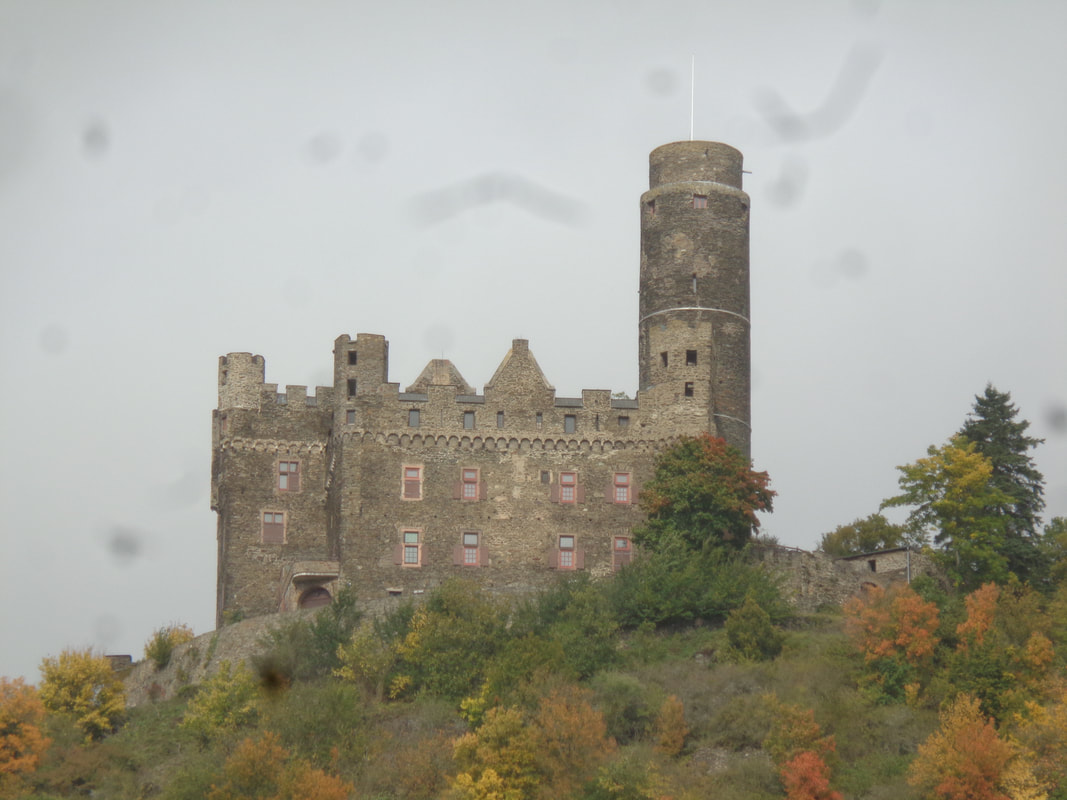
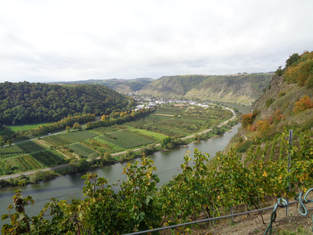
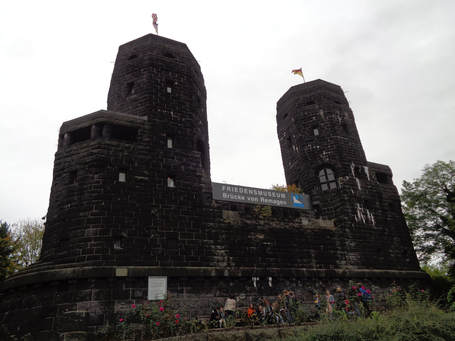
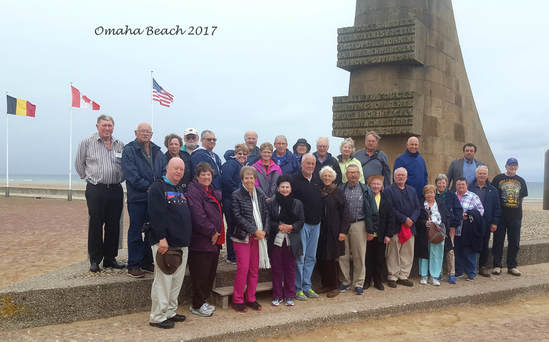
 RSS Feed
RSS Feed